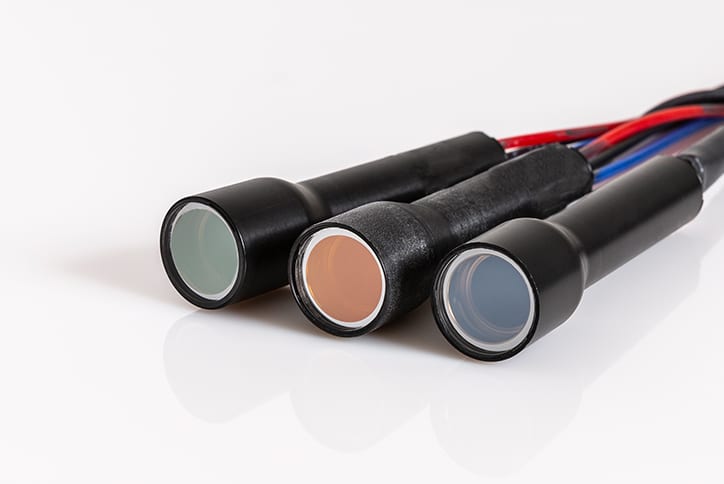Photomultiplier (CPM)
(19mm Types)
Customized Photomultiplier (CPM) – Types
The Customized Photomultiplier (CPM, formerly Channel Photomultiplier) is actually an ultra-high sensitive, advanced monolithic version of the traditional glass photomultiplier tube (PMT). It may replace conventional PMTs or Avalanche Diodes. Although CPMs operate on basically the same principles as PMTs, they have several advantages: they generate significantly less dark current, are less influenced by external magnetic fields, are equipped with an internal electronic shutter and are more rugged and less breakable.
They enable to detect the lowest light levels (single photons) occurring in nature. The CPM consists of a photocathode evaporated on an entrance window, which is mounted under high vacuum to a small bended glass tube (channel) with an anode at the end. Once a photon has passed the entrance window and hit the cathode, a photoelectron is emitted into the vacuum. By a high voltage difference between the cathode and the anode (up to 3000 volts), the photoelectron is accelerated towards the anode. On its way to the anode, the electron has to pass the channel and due to the special shape, it hits the semi-conductive surface of the channel several times. Every time this happens, further electrons are emitted by the process of secondary emission. Finally, at the anode, up to 1E8 electrons can be read out, generated by only one electron at the cathode.





